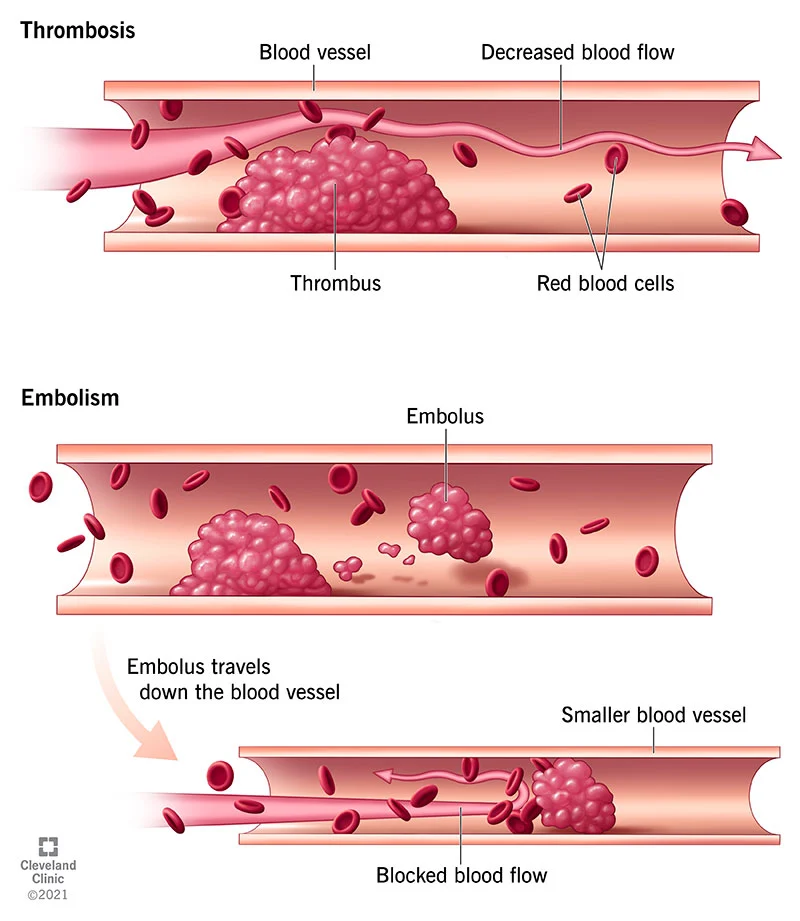Hemostatic
A procedure called hemostasis or hemostasis keeps blood inside a broken blood vessel and stops bleeding (the opposite of hemostasis is hemorrhage).
Coagulants include:
1) Direct action: fibrinogen, thrombin, and particular sponge
2) indirect action - phytonadione and vikasol
Antifibrinolytic medications encourage blood clotting by stopping blood clots from dissolving.
Antifibrinolytic medications include, for instance: Tranexamic acid and aprotinin
Aggregate thrombocyte stimulators:
Calcium cholride and -seronine adipinate
12.2. Drugs decrease penetration from the vessel
Synthetic –Etamsilat,vit. C , Routine, Quercitine, and Urtica dioica
12.3 Anticoagulants
anticoagulant medication
Although anticoagulants are sometimes referred to as "blood thinners," they just extend the time it takes for your blood to clot. The coagulation routes of anticoagulants are comparable.
Low molecular weight heparin drug heparin
Fraxiparin
Enoxaparin
12.4. Thrombolytics
Streptokinase, Urokinase, Alteplase


Comments
Post a Comment
Please Don't Enter Any Spam Link In Comment Section. Suggestions are Always Appreciated Thanks...